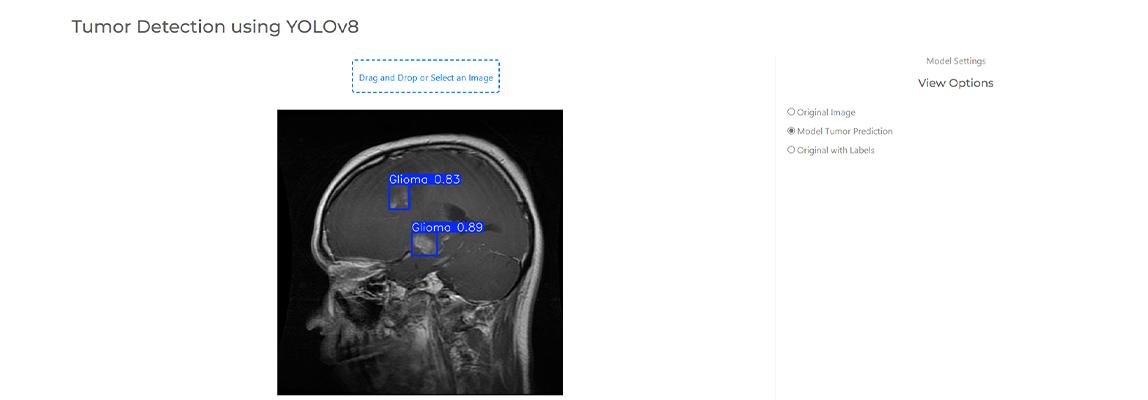
Students Francisco Ribeiro Mansilha and Lea Banovac use AI to detect brain tumors
11/12/2024 - 14:04
As third-year Applied Data Science & AI students at Breda University of Applied Sciences (BUas), Francisco Ribeiro Mansilha and Lea Banovac have developed ‘BrainScan AI’, a proof-of-concept web app demonstrating how artificial intelligence can assist in detecting brain tumors from MRI scans. It provides an easy-to-use interface for doctors and researchers to explore brain images and make predictions using AI. The app is designed to classify three types of brain tumors. We caught up with Francisco and Lea to dive deeper into their work and inspirations.